In this article, we dive into the fascinating world of hanging plants that thrive in low light conditions or even without the direct need for sunlight.
We will discover a variety of species that not only add a touch of green to our interior spaces, but are also perfect for shady corners that are usually difficult to decorate.
I invite you to continue reading this article so that you can discover some beautiful hanging plants that do not need sunlight.
1. Tradescantia Zebrina
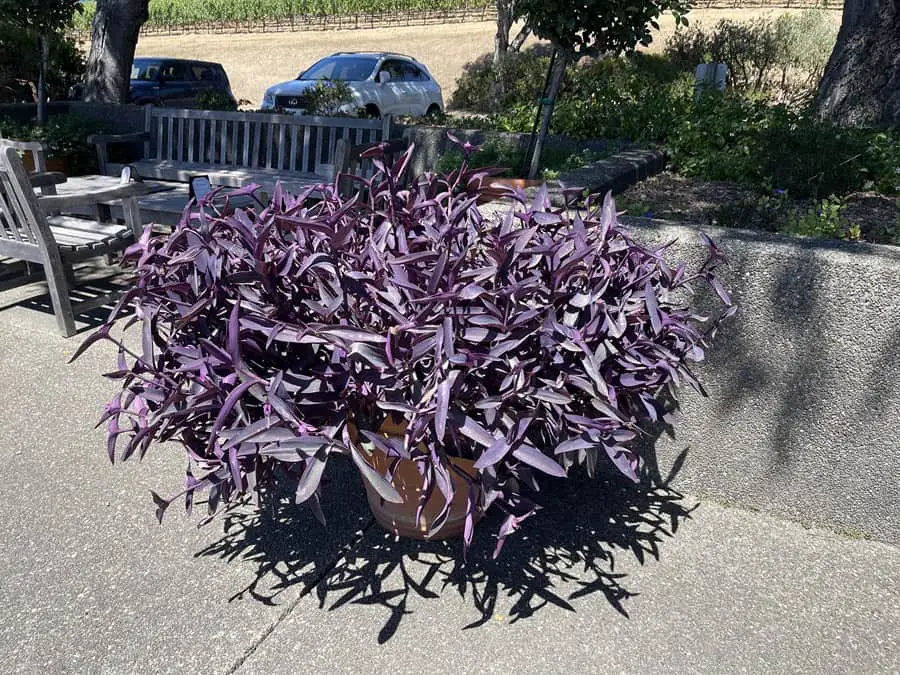
Tradescantia Zebrina is a charming-looking plant, with long and slender stems that tend to hang down, making it an ideal hanging plant.
Its leaves are oval and pointed, bright green on the upper side with a distinctive pattern of silver or purple stripes on the underside, which gives it its name “Zebrina.” These leaves have a soft and velvety texture, adding a touch of elegance to its overall appearance.
Furthermore, Tradescantia Zebrina is a fast-growing and easy-to-care-for plant, making it popular among indoor plant enthusiasts.
2. Maranta leuconeura
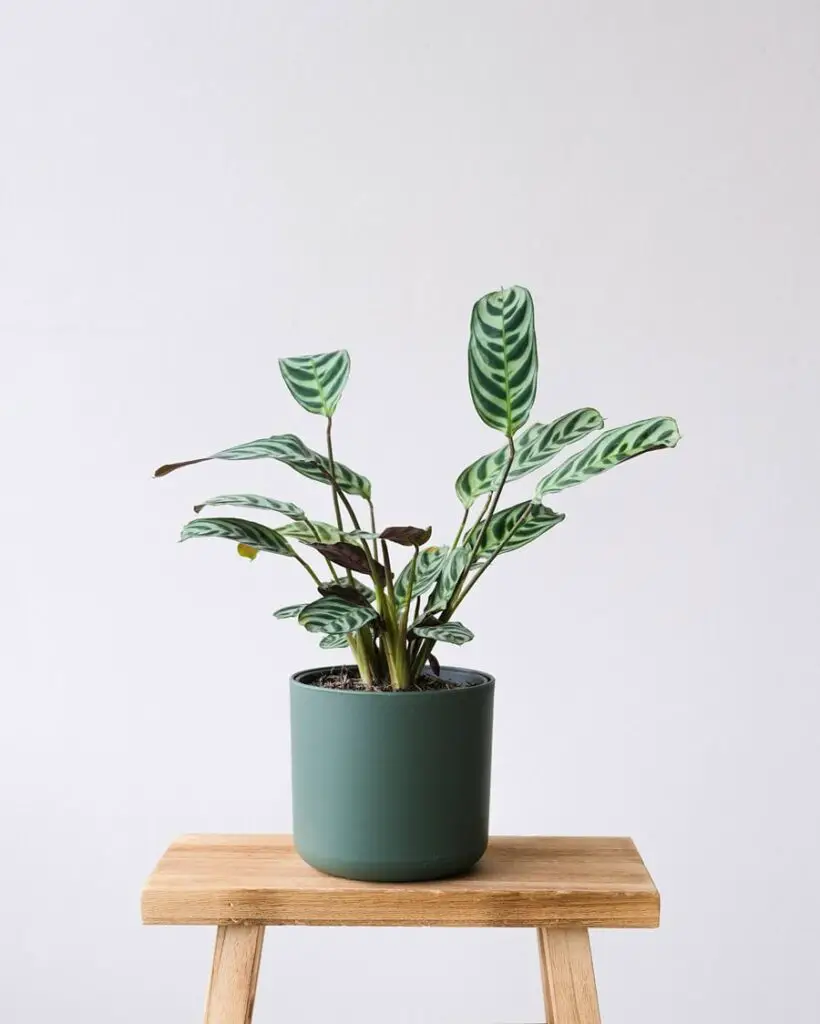
The Maranta leuconeura, also known as the prayer plant, is an indoor plant that stands out for its striking physical characteristics.
Its leaves are oval and pointed, with a vibrant dark green pattern and a purple or reddish hue on the underside of the leaf, giving it a distinctive and decorative appearance.
Additionally, the leaves of Maranta leuconeura have the unique ability to move up and down in response to light, which has earned it the nickname “prayer plant” due to the appearance of hands in a praying position.
This plant also occasionally produces small white flowers, but it is the leaves and their color pattern that make it a popular choice for adding color and life to interior spaces.
3. Adiantum
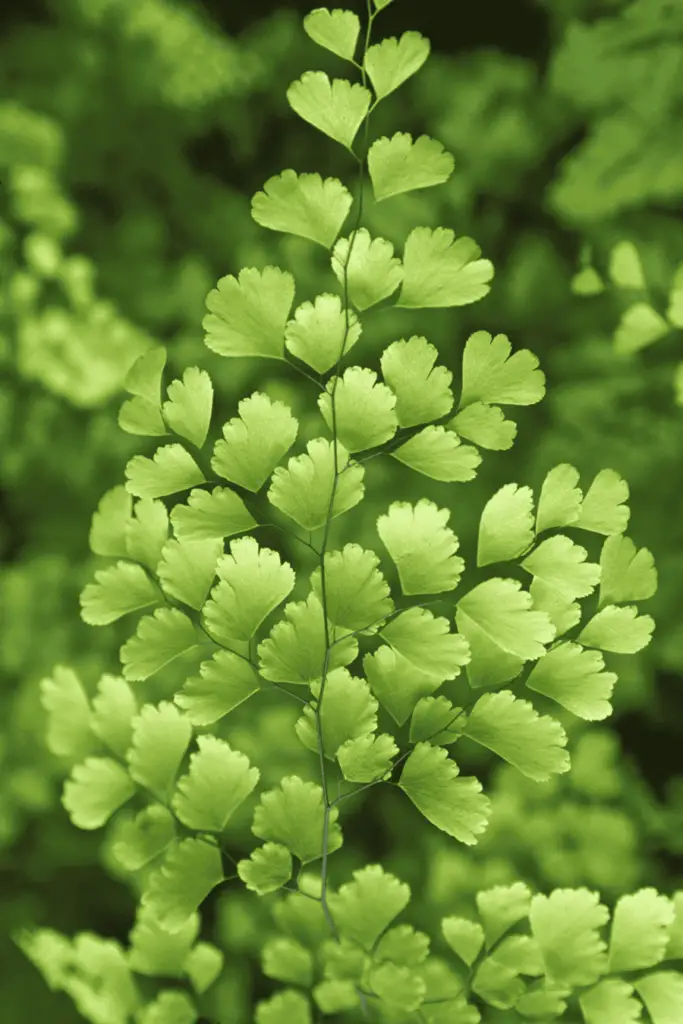
The maidenhair fern, also known as Adiantum, is a plant with exquisitely delicate and airy foliage.
Its fronds, which grow in clusters, are composed of numerous small, rounded segments that resemble tiny leaves arranged in a fan shape.
These leaves are a bright, translucent green, with a soft, feathery texture that adds a touch of elegance to any interior space.
The cascading shape of its fronds and ethereal appearance make the maidenhair fern a popular choice for adding freshness and grace to indoor gardens, terrariums or as an ornamental plant in hanging pots.
4. Tillandsia
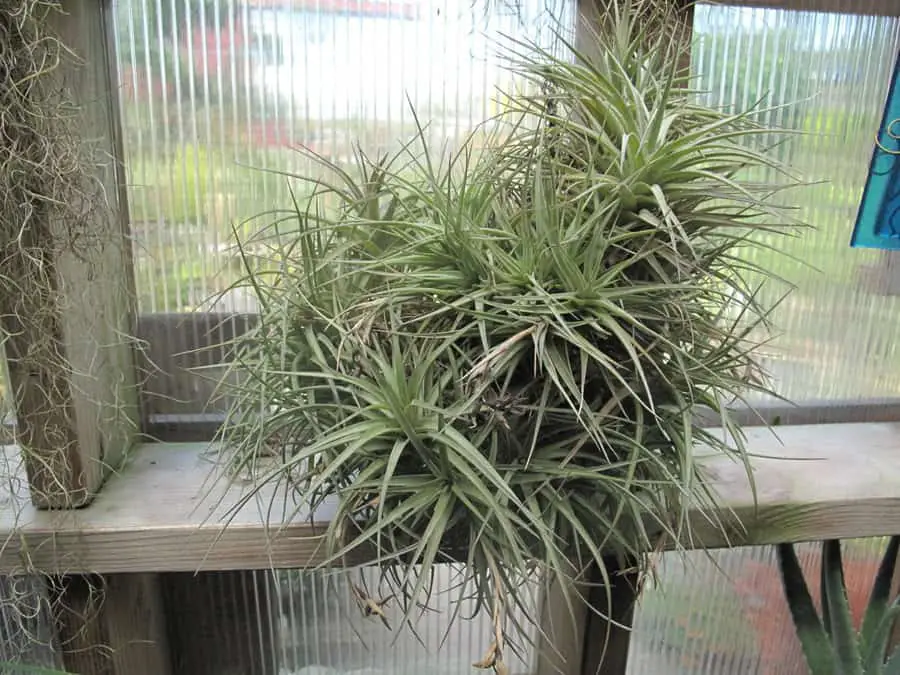
Tillandsias are fascinating plants that belong to the bromeliad family and stand out for their unique physical characteristics.
These epiphytic plants do not require soil to grow, as they obtain nutrients and water from the air and rain.
They have thin, long leaves that can vary in color from green to silver or grayish tones, depending on the species and environmental conditions.
The most striking thing about Tillandsias are their inflorescences, which can be of different shapes and colors, such as tubular flowers in bright tones that contrast with the foliage.
5. Pothos

Pothos, also known as Epipremnum aureum, is a very popular houseplant due to its easy care and attractive appearance.
Its physical characteristics include large, shiny leaves, heart-shaped or lance-shaped, and an intense green color that can vary in some varieties towards lighter or even yellowish tones.
A notable feature of pothos is its ability to climb and hang, thanks to its long, flexible stems that produce aerial roots.
Additionally, pothos is a hardy plant that tolerates low light conditions and requires moderate watering, making it a popular choice for beginners and for adding greenery to indoor spaces.
6. Tradescantia
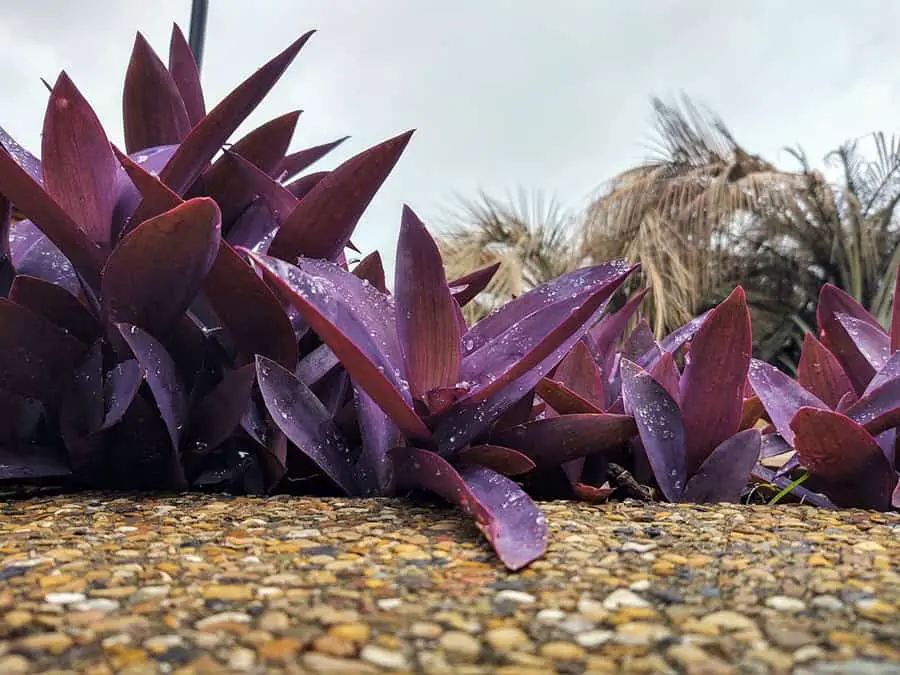
Tradescantias are ornamental plants appreciated for their attractive foliage and ease of care. Its physical characteristics include elongated, thin leaves, often a vibrant green or purple color that can vary in shades and patterns, depending on the species or variety.
The leaves can be solid in appearance or have stripes, spots or contrasting edges that make them very striking.
Additionally, Tradescantias are usually hanging plants, with long, flexible stems that allow them to fall gracefully from pots or hanging baskets, creating a charming decorative effect.
They are hardy and adaptable plants, able to tolerate a wide variety of light and humidity conditions, making them a popular choice for indoor spaces.
7. Chlorophytum comosum
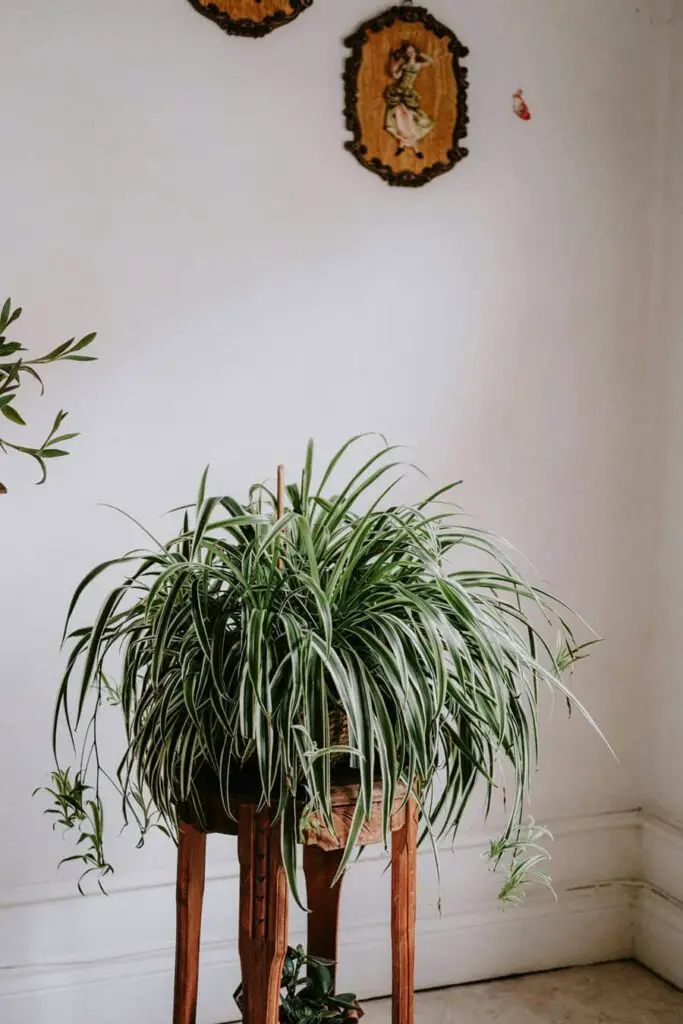
Chlorophytum comosum, better known as the “spider plant”, is a very popular houseplant due to its striking appearance and easy care. Its physical characteristics include long, narrow leaves that grow in rosettes from the center of the plant.
These leaves are a bright green with white or cream stripes down the center and along the edges, giving the plant a characteristic spidery appearance.4
Additionally, Chlorophytum comosum produces small white flowers on slender stems that rise above the leaves, adding an additional decorative touch.
It is a hardy plant and tolerant of varying light and humidity conditions, making it a popular choice for beginners and for decorating interior spaces with its attractive appearance.
8. Asplenium nidus

Asplenium nidus, commonly known as “bird’s nest fern” or “bird fern”, is a houseplant much appreciated for its lush appearance and easy maintenance.
Its physical characteristics include large, lanceolate leaves that grow in a rosette shape from the center of the plant, forming an appearance similar to that of a bird’s nest.
The leaves are a deep, shiny green, with a soft, velvety texture on the surface. They often feature an arched arrangement that gives the plant an elegant and sculptural appearance.
Asplenium nidus is a resistant plant that tolerates indoor conditions well, although it prefers places with indirect light and moderate humidity. It is an excellent option to add greenery and a tropical touch to any interior space.
9. Dischidia

Dischidia is a plant that is distinguished by its charming appearance and unique characteristics. Its leaves are small, rounded and fleshy, with a deep green color that often has an attractive shine.
Some Dischidia species also feature heart-shaped or teardrop-shaped leaves, adding visual variety to the plant. One of the most fascinating features of Dischidia are the “crowns” it produces at the nodes of the stems, bag-like structures that capture water and nutrients.
These crowns are a distinctive feature of the plant and contribute to its charm. In addition to its appearance, Dischidia can also produce small, delicate flowers, although it is the leaves and crown that make it stand out as an attractive plant for indoors and hanging arrangements.
10. Columnea

The Columnea is a plant that stands out for its visual appeal and its unique physical characteristics. Its opposite leaves are usually bright green and have an oval or lanceolate shape, depending on the species.
The most striking thing about Columnea are its flowers, which can be tubular and come in a wide range of vibrant colors such as red, orange, yellow, pink and white.
These flowers are grouped in clusters or spikes and add a touch of color and elegance to the plant. Additionally, Columnea has a trailing growth habit, with thin, flexible stems that allow it to hang gracefully from hanging pots or shelves, creating a charming and decorative look in indoor spaces.
Conclusion
Hanging plants that do not need direct sunlight are an excellent option to add greenery and life to our indoor spaces, especially in areas with low light or shade.
Throughout this article, we have discovered a variety of species, from the hardy and easy to care for to the more exotic and striking, all adapted to thrive in lower light conditions.
With a little knowledge about their specific needs and some basic care, we can enjoy the beauty and benefits of these hanging plants in any corner of our home, creating natural and cozy environments.